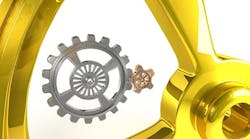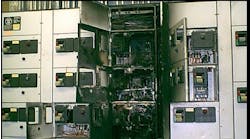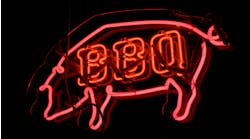The drive system for a production line simply stopped. The maintenance supervisor sent a mechanic and electrician to respond.
The electrician’s first stop was the motor controller. There, he noticed one overload strip had burned open. He showed this to the mechanic, who said maybe the gear box caused the motor to draw too much current. The mechanic decoupled the motor from the gearbox, and turned the gearbox manually. Upon hearing the grating sound on one side, he told the electrician it had a spun bearing.
The electrician replaced the overload strip, and the mechanic replaced the bearing. They congratulated themselves on their teamwork and quick troubleshooting. But....
All three overload strips had been stressed (most likely); all three should have been replaced. Given the failure mode, the electrician also should have checked for voltage imbalance.
The mechanic took the gearbox system apart to change one bearing of a pair of bearings. Yes, only one bearing failed. But the other bearing was no doubt stressed and the cost of another downtime incident plus tear-down and reassembly costs would be completely eliminated by replacing both bearings.



